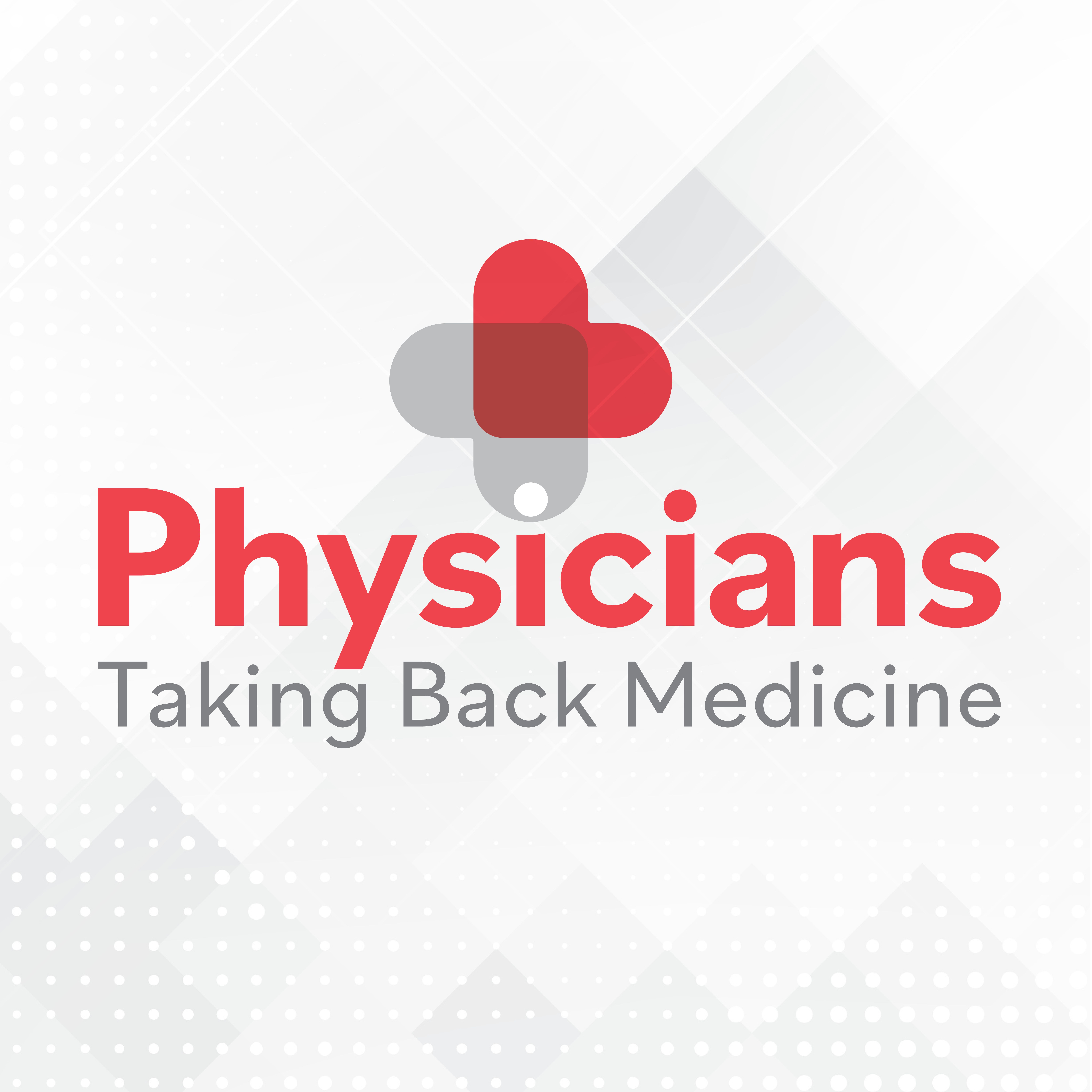Article
Top 5 Lessons Learned about Telehealth As We Face Our New Normal
We now look to telehealth not just for convenience, but for its safety and flexibility.

While the need for safety and saving lives during this pandemic has increased our usage of telehealth, we are seeing that it's capability to address everyday medical needs will make it part of our lives for good. Telehealth has always been a viable solution within our healthcare system, but now, in our new normal, we look to telehealth not just for convenience, but for its safety and flexibility. Accessing medical care through online virtual visits has been a much-needed lifeline for both healthcare providers and their patients. Providers, needing to reduce or stop in-person visits completely to prevent the spread of COVID-19, have found that adopting a telehealth solution in their practice allows them to screen patients for illnesses that require additional attention (including coronavirus), refer serious cases for additional care, evaluate patients for prescription medications, and provide follow-up for those already under their care. Many physicians who felt in-person care was the only way to effectively help patients have been pleasantly surprised and are ready to adopt this new reality as a permanent part of their patient care and not just a stopgap or interim measure.
Since the beginning of this medical crisis, healthcare providers have learned many lessons about the adoption of telehealth solutions for practices. Here are the top 5 that I’ve learned:
- Patients and physicians will use telehealth to still stay connected even in isolation. A patient’s healthcare needs do not end just because we are unable to go to the doctor’s office. There was skepticism around whether people would actually use telehealth during a time like this to stay connected to their doctors. What we’ve learned is that this is a resounding “yes.” Patients of all ages have quickly adapted to using telehealth services. What we have seen is that people’s medical needs outside of COVID do not need to deteriorate if they have a safe, efficient telehealth connection to their doctor, which likely prevented what could have been a secondary healthcare crisis if people's regular healthcare needs were not met.
- The best telehealth platforms allow you to see your own patients. While we have learned that telehealth is a great way for doctors and patients to connect, we have seen the greatest benefit occur when telehealth is used as a tool to improve continuity of care connecting patients to doctors who already know them. The power of telehealth is magnified exponentially when you combine the video/audio connection with the benefits of a past relationship. This in-depth understanding of past medical history and current medical status makes the engagement far more valuable than that of a sterile provider-patient interaction where no relationship previously exists. Not only does it add value to the issue at hand, but there is a feeling of reassurance knowing that long-term interests are being considered as well. In the event that specialty help is required, you know that you will be referred to the help you need -- preventing frustration and avoiding potentially more urgent issues in the future.
- Telehealth provides access to quality medical care no matter where your patients live. For many, including those who can’t afford to travel to the in-person visit, those who live in remote areas with limited access to medical treatment, and even people who live in urban areas who are too ill or too busy to take public transportation, the trip to an in-office medical appointment can be a hurdle too big to cross. Yet, without a doctor’s assessment, patients are unable to distinguish between illnesses (flu versus COVID-19), which can become life-threatening without proper care and treatment. In a recent guide published in Rural Health Information Hub, we’ve learned that “programs supported by telehealth offer new methods for improving healthcare access and quality by extending the reach of healthcare services, improving the ability of rural providers to address a broader range of medical conditions, and facilitating collaboration between professionals with limited access to their colleagues.” The fact is, with telehealth, we have seen firsthand that location should no longer be a barrier to getting quality medical care.
- Your telehealth platform should still be secure. Telehealth communication through your chosen platform must be HIPAA-compliant. Since the start of the COVID-19 crisis, the government has broadened the list of platforms that are HIPAA-compliant, but we believe nothing is more important than ensuring your health conversation is protected and built into the platform for the future. Additionally, once regulations are enforced again, you don't want to go through the process to re-implement another solution. Implementing a HIPAA-compliant solution today can be just as easy or easier as one that is not while paying dividends in the future as your organization's virtual healthcare needs evolve.
- Telehealth can be used for specialists, too. We’ve established that medical practices can conduct appointments and follow-ups via telehealth, but this pandemic experience has also shown us that specialists like dermatologists, optometrists, therapists and counselors, speech-language, physical and occupational therapies, and many other specialties, have found tremendous value in also connecting with patients to help ensure proper care is being administered during this difficult time. In fact, we’ve also seen that veterinarians have leveraged telehealth services to check in on our favorite four-legged patients, thereby avoiding unnecessary exposure to their families and the vet and staff, too.
While it's unfortunate it had to happen under these circumstances, we are seeing with greater clarity that telehealth solutions can help protect patients and medical practices by providing patients with easier access to care, reducing the spread of serious infections, and easing burdens on providers by protecting them, providing efficiencies, and giving providers and patients more control of their schedules. In our new normal, we see virtual visits as a permanent part of how doctors and patients communicate, improving quality of care while making healthcare delivery more efficient. Those not getting on board in some way will become the exception rather than the rule.





